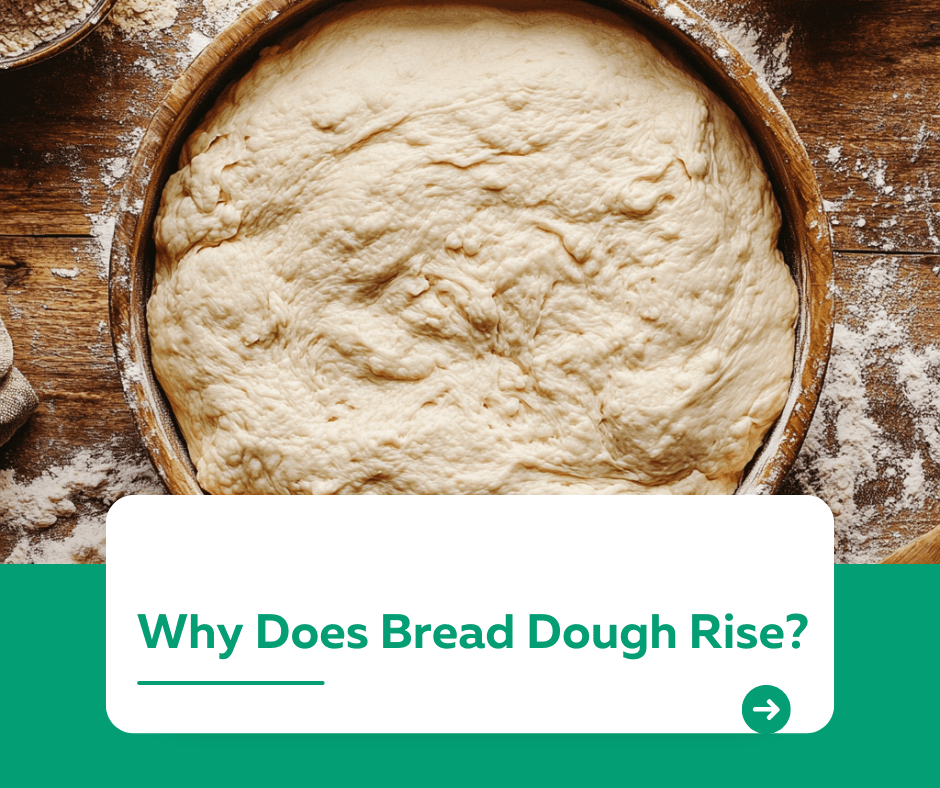
Introduction
“Why does bread dough rise?”
Bread dough rising might seem like magic, but it’s actually the result of a fascinating chemical process. Yeast, sugar, and gluten work together to transform raw dough into a light, airy loaf. This article will explain why bread dough rises, the science behind it, and tips to ensure your dough rises perfectly every time.
1. The Role of Yeast in Dough Rising
Yeast is a living microorganism that drives the dough’s rising process.
- How It Works:
- Yeast consumes the sugars in the dough and produces carbon dioxide gas and alcohol.
- The carbon dioxide creates air pockets, causing the dough to expand.
- Types of Yeast:
- Active Dry Yeast: Needs to be dissolved in water before use.
- Instant Yeast: Can be mixed directly with flour.
- Fresh Yeast: A moist and perishable option.
2. Sugar: The Yeast’s Food Source
Sugar is essential for feeding the yeast and kickstarting fermentation.
- Natural Sugars: Found in flour, providing enough fuel for yeast in most recipes.
- Added Sugars: Speed up fermentation and enhance flavor.
3. The Role of Gluten
Gluten, the protein in wheat flour, forms a stretchy network that traps the gases produced by yeast.
- How Gluten Helps:
- Traps carbon dioxide, creating structure and volume.
- Gives bread its characteristic chewy texture.
Tip: Kneading the dough develops gluten, making it elastic and capable of holding more gas.
4. Temperature’s Effect on Dough Rising
The right temperature is crucial for activating yeast and ensuring the dough rises properly.
- Warm Environments (75–80°F): Speed up the rising process.
- Cold Environments: Slow down fermentation but enhance flavor development.
- Too Hot: Kills yeast and prevents rising.
Tip: Cover the dough with a damp cloth or plastic wrap to maintain moisture and prevent a dry crust.
5. Proofing: The Second Rise
After shaping, the dough undergoes a second rise, known as proofing.
- Purpose:
- Allows the gluten to relax, improving texture.
- Enhances the dough’s flavor and structure.
- Timing:
- Dough should roughly double in size during proofing.
Conclusion
Bread dough rises because of a complex interaction between yeast, sugar, gluten, and temperature. By understanding these elements, you can perfect your bread-making process and consistently produce airy, flavorful loaves. With a little practice, the science of bread dough rising will feel like second nature!
For more baking tips and techniques, visit our Kuestion.com.